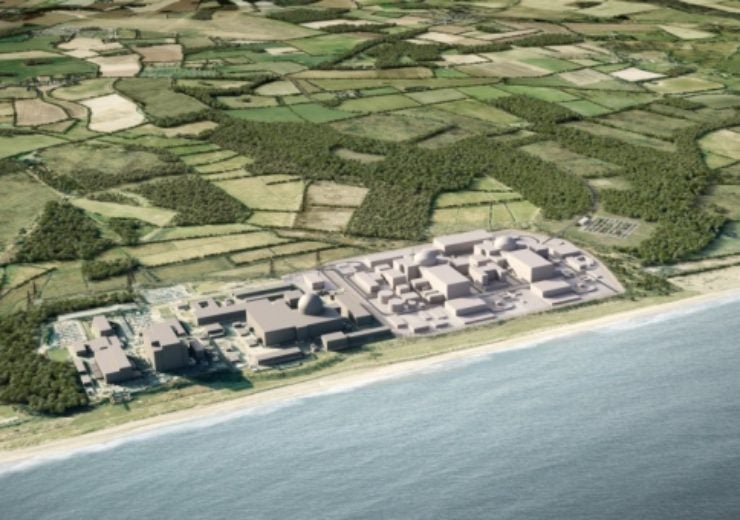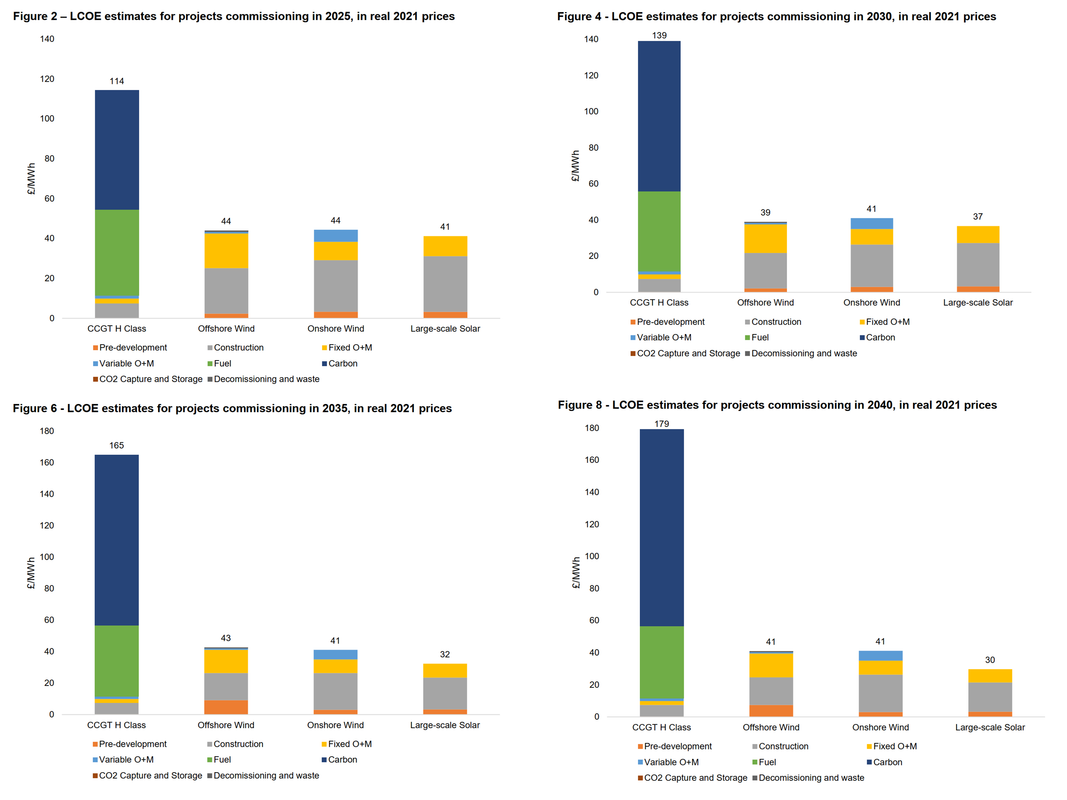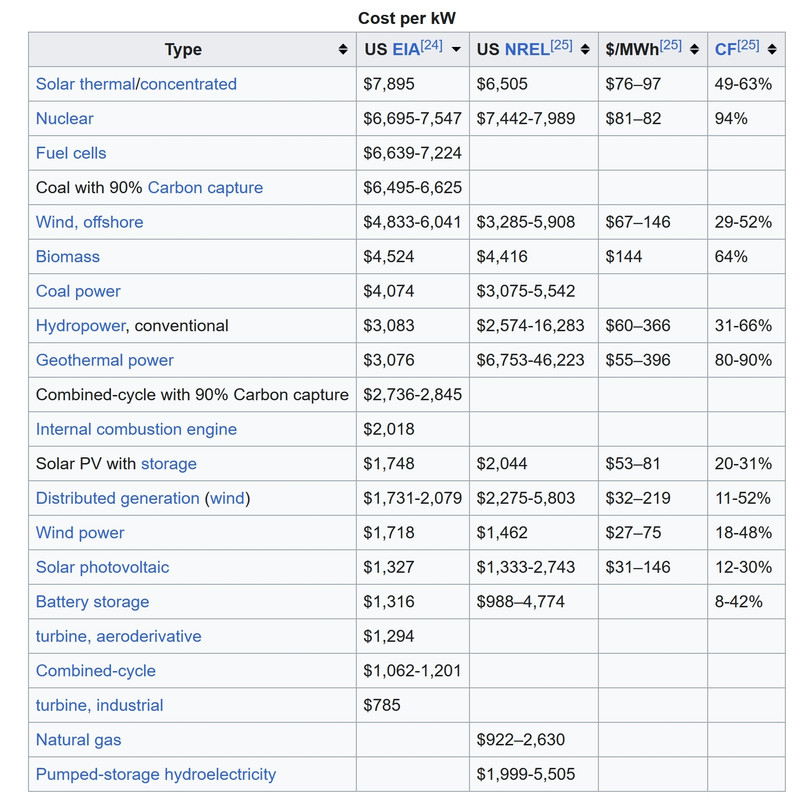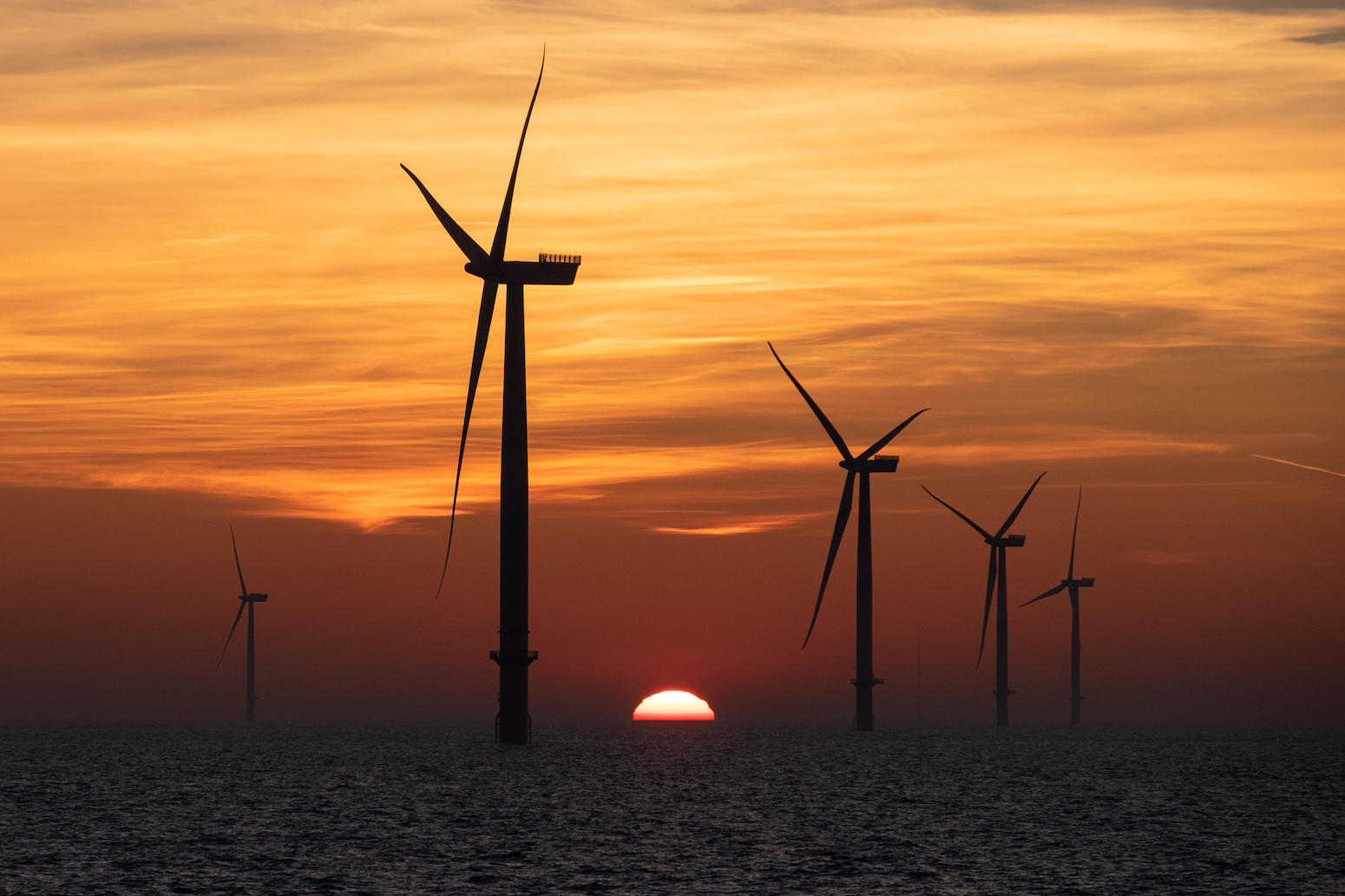So that you are in an infrastructure where it's not all-or-nothing, or everybody-or-nobody, and come the day when you or someone in the house needs some equipment to stay alive you don't have to be cut off when they need to reduce the load. Or if they just have to cut the load by 10% you only get hit one time in ten, and the next nine times its one of your neighbours.
The problem is, that sort of thing starts to add complexitiy, you then have to start having an esstential and a non esstential board, pretty standard for a data centre, but not for a house. So what would happen is that the majority of installations would ignore one of the outputs, probably be connected to the switched one to start with, and then if cut off happened often, it would all end up on the essential. A few members here would make use of both, but it would be an unusual set up.
Maybe a better idea would be for high demand loads to be able to receive requests to reduce grid demand directly, we are already seeing that with EV supply points, with intelligent octopus you get a 7.5p night rate as long as they control when exactly the load is drawn, you tell their app how much you need by what time and it'll pull in at appropiate times to balance grid demand. If it cannot find a satsisfactory way to do it during the off peak hours, it might even switch the rate on your meter to the reduced one and charge on some other slots (and of course, no one ever games this by inflating the amount they need, or adjusting the plug in window to get extra slots for other loads.....)
Maybe we for example need fridges that can adjust the hysteresis configuration of an electronic thermostat depending on grid demand, even better if as well as allowing more of a rise above set point during excess demand, if prior to the excess demand, they could cool quite a bit lower than set point to give them more capacity to ride through it.








